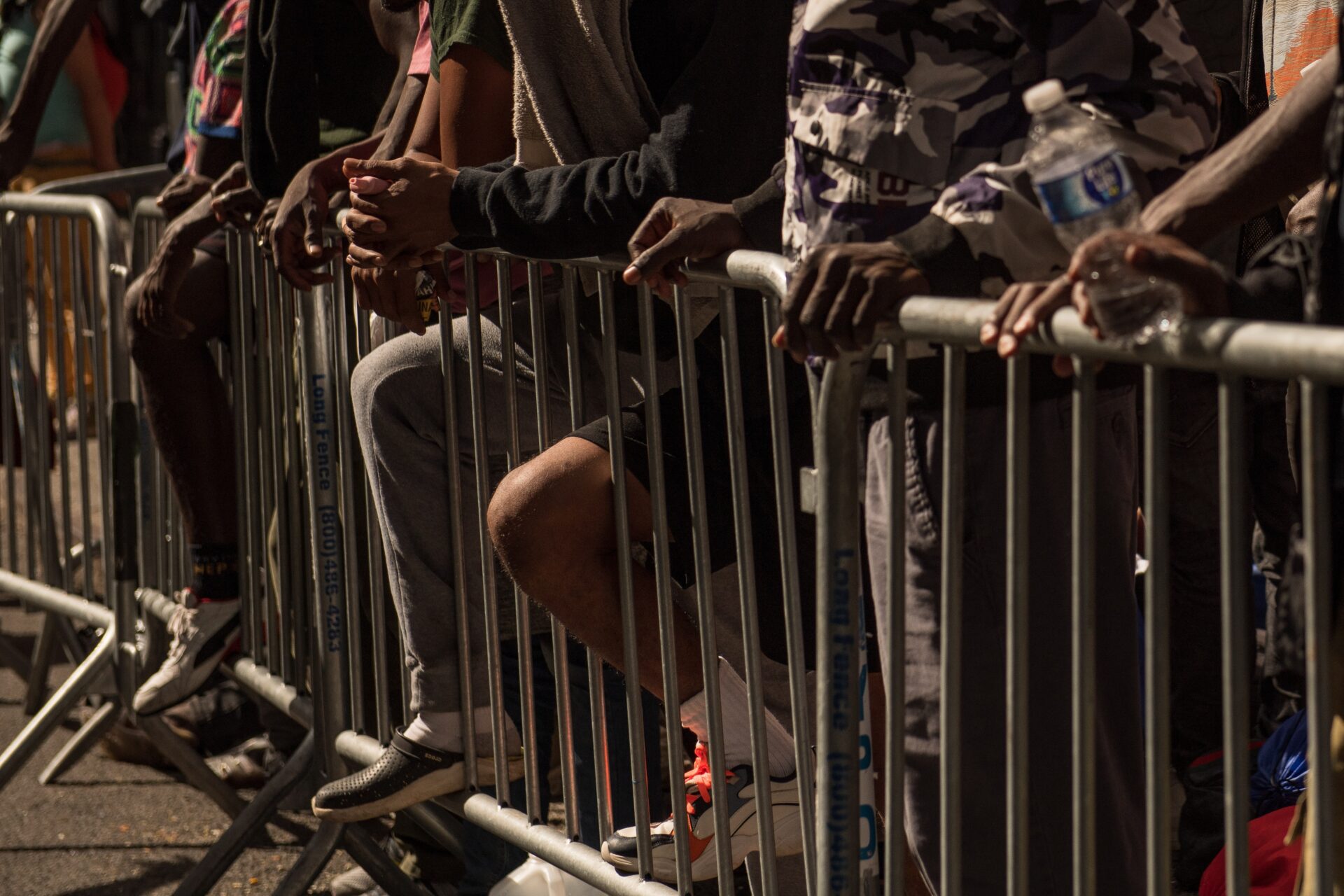
14 Million Illegals – NOW WHAT?
The Trump administration’s sweeping immigration crackdown collides with a record-high surge of 14 million unauthorized immigrants, sparking constitutional battles and community upheaval.
At a Glance
- Pew Research Center reported 14 million unauthorized immigrants in 2023
- Trump declared a border emergency and blocked most asylum claims
- New law quadrupled ICE’s budget and expanded indefinite detention
- Sanctuary cities face penalties for refusing federal cooperation
Record Surge Sets Stage for Crackdown
The Pew Research Center found that the U.S. unauthorized immigrant population reached 14 million in 2023, a record high and sharp increase from 10.5 million just two years earlier. Much of the growth came from arrivals from India, Venezuela, Cuba, and Ukraine.
This marked the largest influx since 2007, when unauthorized immigration peaked at 12.2 million before declining during the 2010s. The post-pandemic surge, combined with shifting global migration patterns, strained border facilities, immigration courts, and local governments. By 2023, nearly 9.7 million unauthorized immigrants were active in the U.S. workforce, concentrated in agriculture, construction, and service sectors.
Watch now: Trump’s New Immigration Crackdown · YouTube
Trump’s Enforcement Agenda
Taking office in January 2025, President Trump quickly reversed many prior immigration policies. He declared a national emergency at the southern border, suspended refugee admissions, and eliminated “catch and release.” The administration set a goal of one million deportations annually, establishing daily arrest quotas and expanding expedited removals. Local police gained new enforcement powers, with federal penalties imposed on jurisdictions refusing cooperation.
Legislative measures reinforced the clampdown. The Laken Riley Act required detention for immigrants charged or convicted of crimes. The “One Big Beautiful Bill Act,” signed on July 4, 2025, quadrupled ICE’s funding, expanded detention facilities, and authorized indefinite detention of adults and children alike. The law also restricted humanitarian pathways and limited social benefits for some legal immigrants, raising constitutional concerns.
Courts, Cities, and Communities
The new rules have triggered widespread legal challenges. Opponents argue that indefinite detention and restrictions on asylum rights undermine due process, while federal officials insist the measures are vital to restoring security. Sanctuary cities resisting federal cooperation now face financial and legal penalties, escalating tensions between state and federal authorities.
For families and communities, the effects are direct and disruptive. Deportations and detentions have intensified, separating households and straining schools, shelters, and local services. Employers in agriculture and construction report acute labor shortages, while advocacy groups highlight risks to children and vulnerable populations.
Supporters view the crackdown as a necessary defense of national sovereignty and rule of law, but critics counter that it destabilizes communities and threatens constitutional safeguards. With immigration remaining a top voter issue, the clash between enforcement, compassion, and constitutional limits is set to dominate political debate well beyond 2025.
Sources
Axios
CBS News
Pew Research Center
TribLIVE


